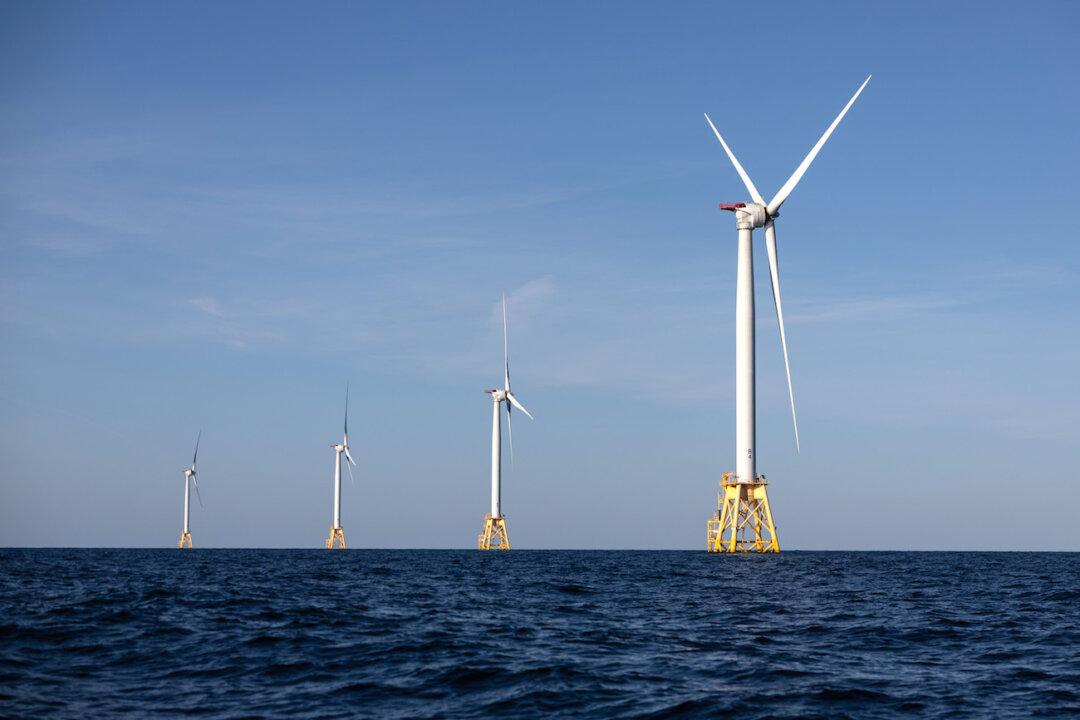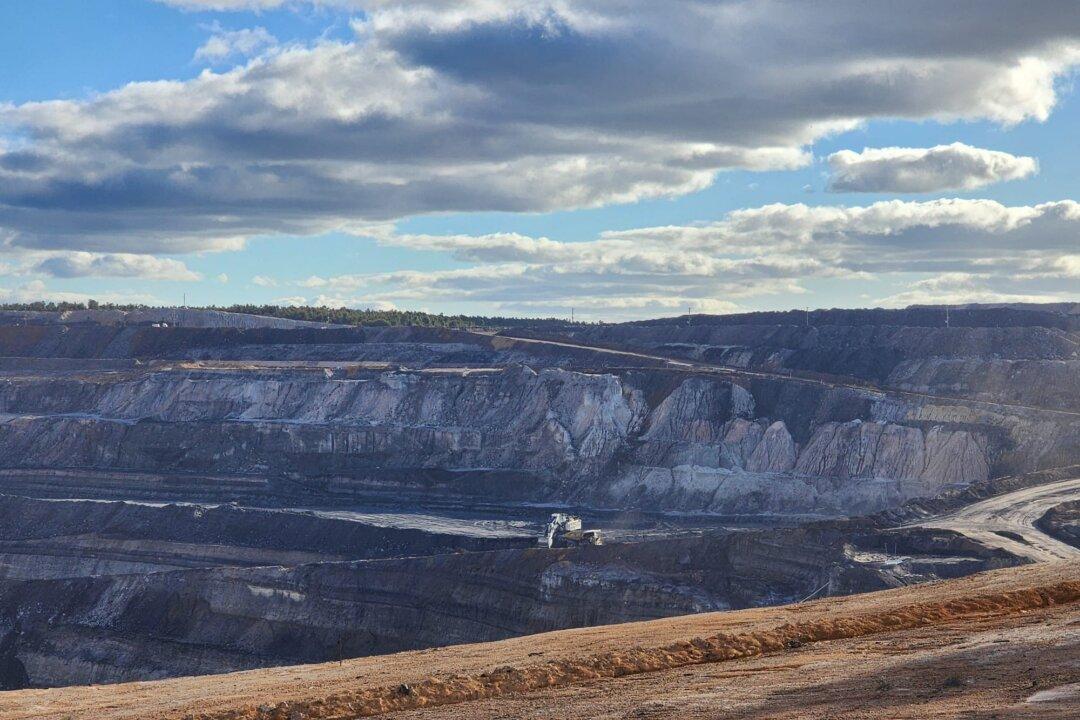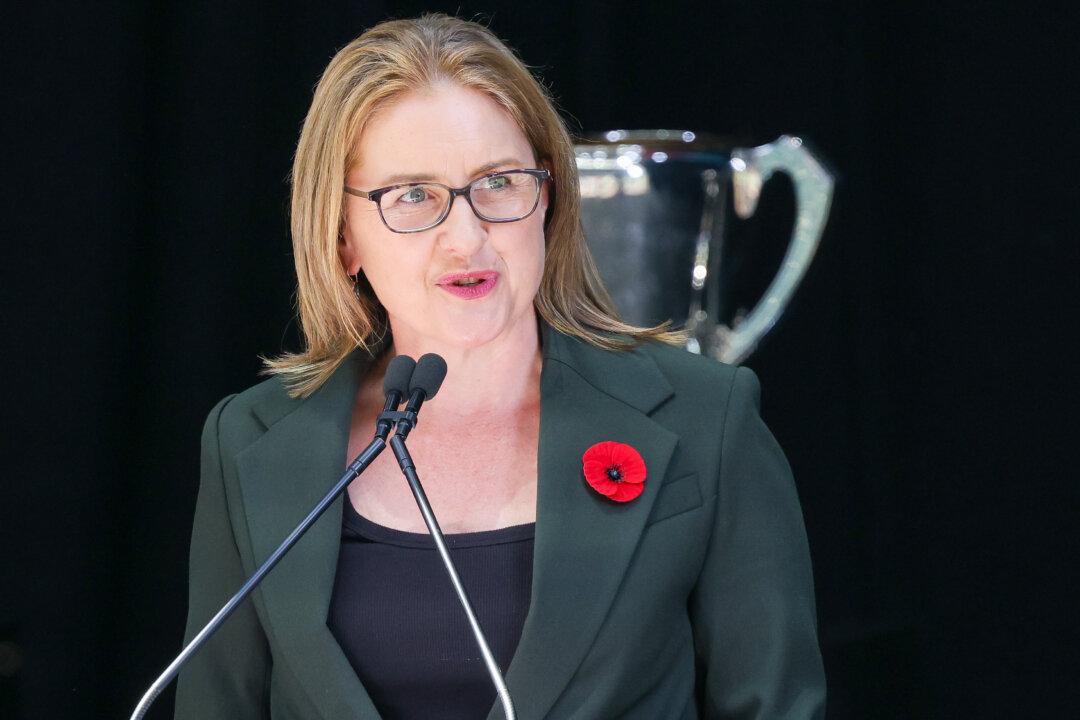The Australian Labor Government has approved a new renewable energy hub in Plumpton, northwest of Melbourne, Victoria, to supply power to over 1 million households.
Once completed, the hub will be one of the world’s largest, with a 2.4 GWh battery to store power from wind, hydro, and solar energy from regional Victoria, as well as from residential solar systems.




